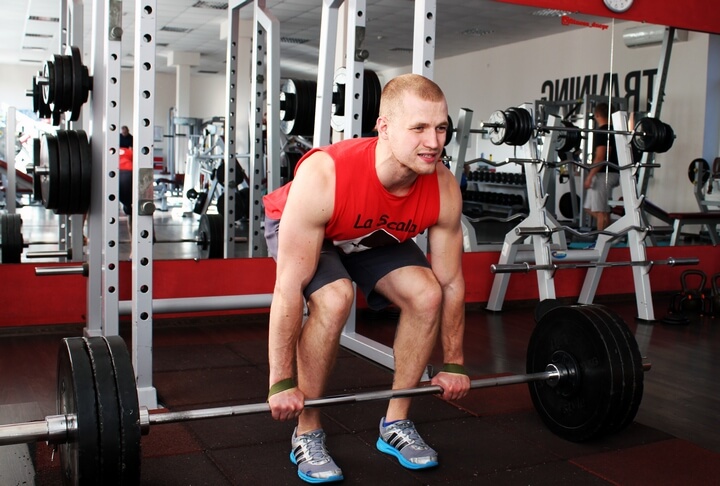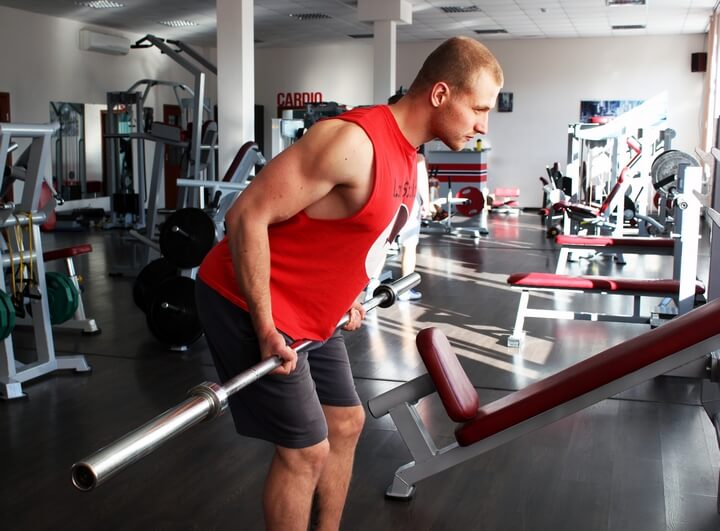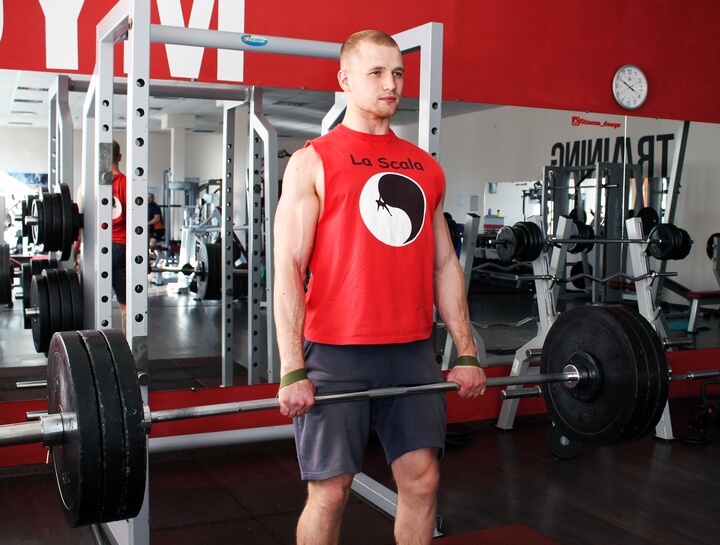In resistance training, the principle of progressive loading works steadily: the more weight you pull, the more muscle mass you will get.
In resistance training, the principle of progressive loading works steadily: the more weight you pull, the more muscle mass you will get. Thus, a consistent increase in workload ensures hypertrophy in the long term.
The only problem here is that over time, once you have passed the beginner level, it becomes more and more difficult to achieve such progressive growth. Therefore, it is important to have in your training arsenal several techniques that allow you to quickly overcome the plateau state. Which of them are useful for improving performance in the deadlift, and will be discussed below.
The deadlift is one of the key exercises for building a strong, functional physique. And, if for other exercises in order to increase the variability of training, you can choose exercises-substitutes, then this cannot be said about the deadlift.
If you are aiming to develop strong and bulky muscles in your back and legs, you will have to learn how to perform deadlift, getting the most out of it. We advise you to use the following techniques for this:
1. Increase the frequency of exercise
If you set yourself a goal to improve your performance in the deadlift, then for a start you just need to do this exercise more often. Judge for yourself: if you wanted to become the most successful basketball player, it is very unlikely that you would only train once a week, but rather worked out free throws seven days a week.

So it is with the deadlift. The better the technique, the more effective you are. When you do deadlifts not just once a week, but 2-3 times, it will have a productive effect on your technique. This means that in the coming weeks you will be able to add a couple of additional pancakes to the barbell.
2. Focus on your weak points
Analyze your form, your technique and find out in which phases of the deadlift you feel limited or downright weak. Do you have any difficulty fixing your weight at the top of your lift? Do you manage to keep your back straight without rounding it in the lower phase of the movement? Regardless of what you are not yet good enough at, regularly and purposefully work with this weakness, turning it into strength.

If you find it difficult to lift the bar from the floor itself, try to perform deadlifts in a limited range of motion, which includes only the lower phase of the lift. If, on the contrary, it is difficult for you to bring the weight to the upper peak, we advise you to resort to using support pedestals. By placing the barbell on them, you can master the correct technique and develop the necessary strength, which will then allow you to work effectively in full amplitude.
3. Build Synergistic Muscles
Many muscles are involved in the deadlift, not just the back and quads, as many think. That is why it is so important to additionally strengthen those muscles that are also involved in movement and provide the resulting ability to take this or that weight.

In addition, it will again eliminate your weak points, give confidence and technicality. Exercises include pull-ups, bent-over rows, deadlifts on straight legs, calf raises, good morning, and, of course, squats.
4. Strengthen your grip
Stop using shoulder straps. One of the most critical factors in successful deadlifts is strong forearms. It is they who are responsible for stabilizing the bar in the air. If the weight on your bar grows with each visit to the gym, your arm muscles may not be ready for this dynamic. Therefore, in parallel, you need to work on strengthening the grip.
The best way, of course, is to pull the barbell without harness. Alternatively, you can use a ratchet, “farmer’s walk,” and barbell wrist curls. If you cannot completely abandon the straps, use them only in some approaches, but not throughout the entire workout.

